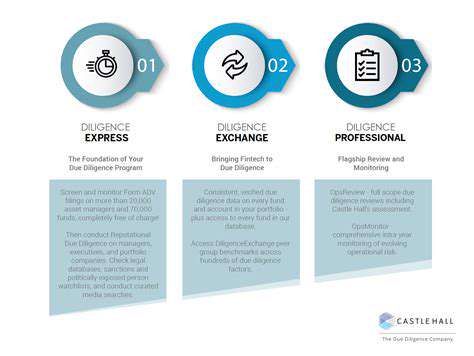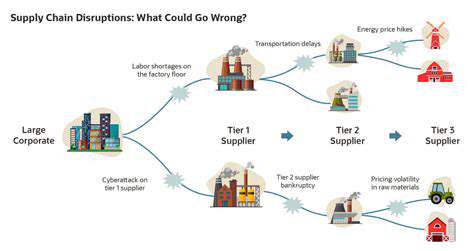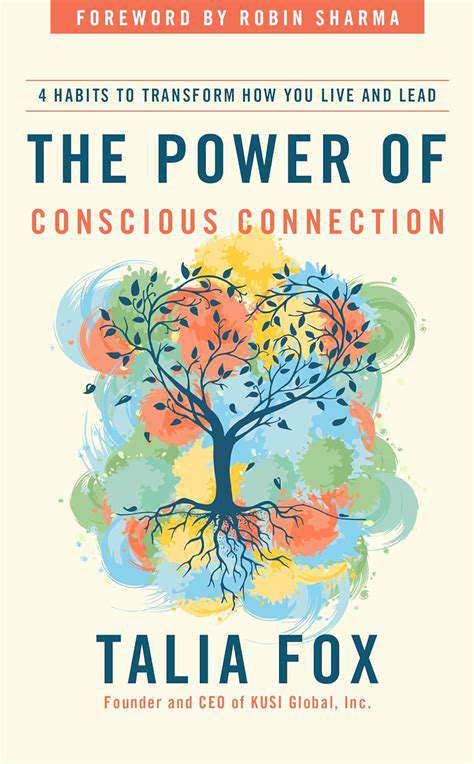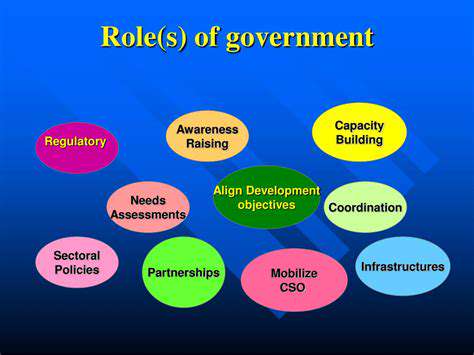Automated Content Search and Discovery with AI
Understanding Semantic Search
Semantic search, unlike traditional keyword-based searches, delves into the meaning and context behind user queries. This sophisticated approach goes beyond simply matching keywords and instead interprets the intent and meaning of the search, allowing for more accurate and relevant results. It's crucial for businesses to move beyond basic keyword matching to truly understand what customers are looking for, and AI plays a vital role in enabling this type of search.
Imagine a user searching for best running shoes for plantar fasciitis. A traditional search might only return results mentioning those keywords. A semantic search, however, would understand the user's need for support and comfort, potentially returning results that detail specific cushioning features, arch support, and overall shoe design, even if the exact keywords aren't present in the page content.
AI's Role in Semantic Search
Artificial intelligence is the driving force behind semantic search. AI algorithms analyze vast amounts of text data, identifying patterns, relationships, and contextual nuances. This allows the algorithms to understand the meaning and intent behind search queries, recognizing synonyms, related concepts, and even implied information. This sophisticated approach is key to providing users with highly relevant results, even if they use less precise or unexpected phrasing.
Machine learning models are especially crucial. These models are trained on massive datasets of text and metadata, learning to associate concepts and understand the relationships between words and phrases. This enables the system to identify subtle connections and provide results that align with the user's actual needs, not just their literal query.
Improving Content Discovery and Relevance
By leveraging semantic search powered by AI, businesses can dramatically improve how their content is discovered and understood by users. This leads to a more effective user experience and improved engagement with the website's offerings. For example, a user searching for tips for starting a blog might get more relevant results than just articles containing those exact words.
Semantic search can also help companies understand the nuances of user needs and tailor their content strategies accordingly. This data-driven approach allows for greater personalization and the ability to anticipate future user needs, leading to a more sophisticated and proactive approach to content creation and optimization.
Applications in Content Automation
Semantic search capabilities have profound implications for content automation. By understanding the meaning behind user queries, systems can automatically generate relevant content, recommendations, and summaries. This can be invaluable for tasks such as generating FAQ pages, creating personalized product recommendations, and summarizing complex research papers.
AI-powered semantic search also enables more efficient content organization and categorization. By understanding the underlying meaning of content, systems can automatically classify and tag documents, making it easier to find specific information and improving the overall user experience. This is a significant step forward in the automation of content discovery and management.
Content Filtering and Prioritization with Machine Learning
Content Filtering Techniques
Content filtering, a crucial aspect of automated content search, involves using algorithms to identify and categorize content based on predefined criteria. This process can significantly improve search efficiency by directing users to relevant information and filtering out irrelevant or inappropriate material. Different filtering techniques employ various methods, from keyword matching to more sophisticated machine learning models, each with varying levels of accuracy and precision. Effectively implementing content filtering requires careful consideration of the specific needs and goals of the search application.
One common technique is keyword-based filtering, which relies on identifying specific terms or phrases within content to determine its relevance. While straightforward, this method can be prone to false positives or negatives, particularly if the keywords are ambiguous or if the context of the content is not adequately considered. More advanced approaches leverage machine learning models to analyze the semantic meaning and context of the content, leading to a more accurate and nuanced filtering process.
Prioritization Strategies
Prioritizing content is essential for delivering the most relevant results to users in a timely manner. This involves ranking search results based on various factors, such as recency, popularity, and user engagement. Sophisticated algorithms that incorporate user behavior data, such as click-through rates and time spent on a page, can significantly improve the accuracy of prioritization, providing a more personalized and effective search experience. The goal is to ensure that the most valuable and pertinent content appears at the top of the search results.
Different prioritization strategies can be employed to cater to diverse user needs. For example, prioritizing recent content might be beneficial for news articles or social media feeds, while prioritizing popular content might be more suitable for trending topics or popular products. A hybrid approach, combining several factors and weighting them according to their importance, often yields the best results, providing a more comprehensive and personalized search experience.
Machine Learning Models for Content Enhancement
Machine learning plays a critical role in both filtering and prioritizing content, enabling systems to adapt and improve over time. Models like Natural Language Processing (NLP) algorithms can analyze the sentiment, topic, and style of content, allowing for more nuanced and contextually aware filtering. By understanding the underlying meaning of content, these models can identify patterns and relationships that are not immediately apparent to human analysts. This enhanced understanding allows for more effective filtering and prioritization, leading to more accurate and relevant search results.
Advanced machine learning models can also be trained on large datasets of user interaction data, such as search queries, click-through rates, and user feedback. This training allows the system to learn the preferences and needs of individual users, enabling the development of highly personalized search experiences. This continuous learning process ensures that the system adapts to evolving user needs and preferences, further refining the quality of search results.
Further, machine learning models can identify and flag potentially harmful content, such as hate speech or misinformation, enabling proactive filtering to protect users from inappropriate material. The ability to adapt to new trends and evolving language patterns is crucial in maintaining the integrity and relevance of the search experience.
Ultimately, integrating machine learning models into content filtering and prioritization systems is essential for delivering a superior user experience. By leveraging the power of these models, search engines can provide users with the most relevant and valuable information with minimal effort.












